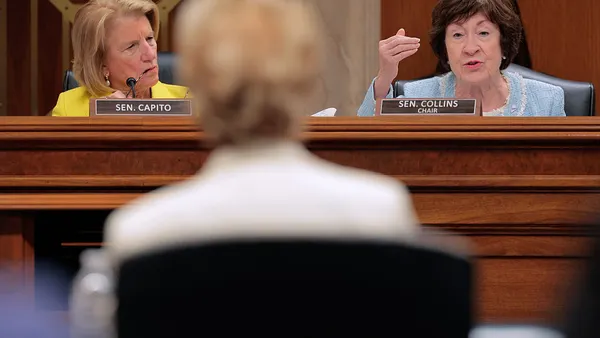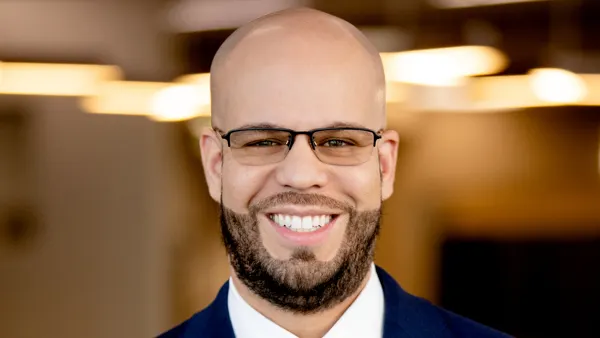WASHINGTON — District and school leaders have a vital role as advocates in the local, state and federal decision-making process for public school funding and other education programs, said the four finalists for National Superintendent of Year during a Thursday panel discussion hosted by AASA, The School Superintendents Association.
From making the most of federal pandemic relief funds, finding innovative revenue sources, and presenting a united front in legislative advocacy, the nominees touched on a range of fiscal issues during a conversation at The National Press Club.
Frederick Williams, superintendent of the 2,362-student Dublin City Schools in Dublin, Georgia, said advocacy is a team sport. His advocacy work is focused on ensuring money intended for public education goes to public schools.
"The passage of vouchers anywhere is a threat to public education everywhere," he said.
Kimberly Rizzo Saunders, superintendent of the 2,000-student Contoocook Valley School District in Peterborough, New Hampshire, said it is essential that superintendents, principals and central office staff be involved in the legislative process.
"We need to make sure that we have a base of core values that we are advocating from, and we need to partner with AASA and each other in order to make that happen in a meaningful and powerful way," said Rizzo Saunders, whose school district, along with other plaintiffs, sued the state of New Hampshire in 2019 for adequate funding for schools.
The finalists also spoke about the lessons they learned from managing an influx of federal funds from the Elementary and Secondary School Emergency Relief allocations to help schools respond to pandemic-related setbacks.
In the nearly 14,000-student Tomball Independent School District in Texas, Superintendent Martha Salazar-Zamora said the school system looked to spend its ESSER allocation effectively and efficiently, keeping in mind the district's strong belief that "every student needs to have a place to belong, a passion to pursue and a love for learning."
After a lot of review and discussion, the district looked at adding personnel to help students with learning loss, even while acknowledging that those positions might not be filled for the long term.
Salazar-Zamora said, to her surprise, she's become an "enterprise superintendent." She explained that she has looked for sustainable revenue avenues that benefit students and the economic health of the district. For example, the district purchased a 70–acre property, part of which houses its career and technical education program and part of which the district leases to earn income.
Districts should look for unique ways to generate revenue, because "the students need those dollars, and we need to be creative in a way in which we perhaps never have had to in the past."
When asked about how districts are preparing students for life after high school graduation, Joe Gothard, superintendent of Saint Paul Public Schools in Minnesota, said for the past 11 years, as a leader in two districts, he has worked to make sure curricula are written in a way that responds to the global world students are living in.
Gothard explained that in the 33,000-school district, personalized learning plans are created for each student — starting in preschool.
"I think we have to take stock into the gifts and the assets and the ways that our students identify themselves and make sure that we are adaptive as a school system," he said.
This means creating an education system that meets students’ needs and desires, rather than making students fit into a specific mold for education.
"It's not happening by chance," Gothard said. "It's happening because we want to ensure that we know who our students are, and they know the opportunities that they have in our school district."
The 2024 National Superintendent of the Year will be announced during AASA’s National Conference on Education on Feb. 15 in San Diego.













